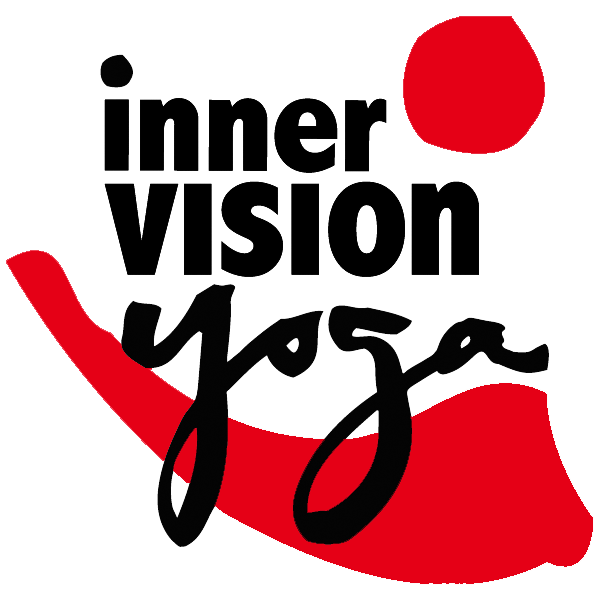Ask The Yogi

Pranayama and Metabolism
Q. I have heard that starting the day with breakfast is needed to get the metabolism going… My question is around getting the metabolism going with breath work. Would the metabolic system increase in activity in the same fashion as with breakfast (I am thinking of a breatharian, too.) I think that beginning the day with breath work would be as effective as starting with eating a meal. Is there any truth to the previous statement? I eat breakfast too, I happen to enjoy starting my day with a session of breath work or yoga, and yet I want what is best for the optimal functioning of my body so that it may do easily what I am requesting it to do.
A. In Patanjali’s 8 limbs, Pranayama is the fourth after the Yamas, Niyamas and Asana. In many ways these eight limbs are meant to be practiced or experienced in sequence, whether it is within the space of a single practice session or over the course of many months or years (or lifetimes).
There can be an inherent problem with using pranayama as a means to influence the physical body’s metabolism. The highest practice of pranayama is simply breath awareness or the use of the breath to find one’s self here in the present moment. Practitioners of all pranayama techniques, no matter how intricate or complicated, would do well to remember this in their breath-work for without it pranayama can become a dangerous thing going against the body’s natural forces and your current evolutionary state, subjecting the mind and physiology to strains they are not quite ready to handle.
Any influence that pranayama has on the metabolism at all (and there IS definitely such an influence) happens as a result of a regular practice. To make changing or altering or kick-starting the metabolism as the goal of the practice, we are going down a path of eventual dhuka or suffering because we have put the cart before the horse and inverted the true intelligence of things. Ultimately the soul is to lead the mind which advises the body. To make getting certain bodily results paramount and primary over soul and the cleansing of thought identification will only lead to temporary change as the primary “causes” of events and matter exist on a much subtler level than metabolism or the physical form, which are mere indicators of the inner soul/mind vibration.
Having said this, starting your day with such pranayama practices as ujjayi breath, anuloma viloma, kappalabhatti or breath partitioning can be wonderful for body, mind and spirit. These pranayamas will strengthen and stretch lung tissue, improve circulation, increase oxygen content in the blood and encourage the efficient removal of waste gasses from the blood stream. It is also aerobic in the purest sense of the word and will definitely effect the metabolism, but the end result will vary according to your intention. In other words you will gain energy and a form of power, but if you do not know how to channel this power correctly it will feed your inner chaos or distractions. If pranayama is only done to increase metabolism to lose weight, for example, the increase in energetic flow on the more subtler levels of mind and soul will become too much and lead only to more energy feeding negative thoughts or reinforcing deep habits (samskara) and lead the practitioner to increased suffering not as a punishment, but as a gentle nudge to practice ahimsa, bramacharya, Isvarapranidana and asana to prepare the vessel first for such a powerful practice as pranayama.
That which is done with present-moment awareness or at least the intention of discovering your eternal nature will lead to a glimpse or discovery of yourself as that which is beyond form. In this realization of your soul nature the conditions of illness or imbalance are suddenly free to change as they are no longer limited by a dualistic state of mind which clings or pushes away to events like this as a defining part of your identity. Perhaps this is the deepest healing gift of pranayama: to become the awareness that is breating and in that becoming to be free.
Jeff Martens is a teacher, writer and co-owner of Inner Vision Yoga. All suggestions are voluntary. Consult a qualified teacher or your physician before you embark on any practice in which you are unfamiliar.
